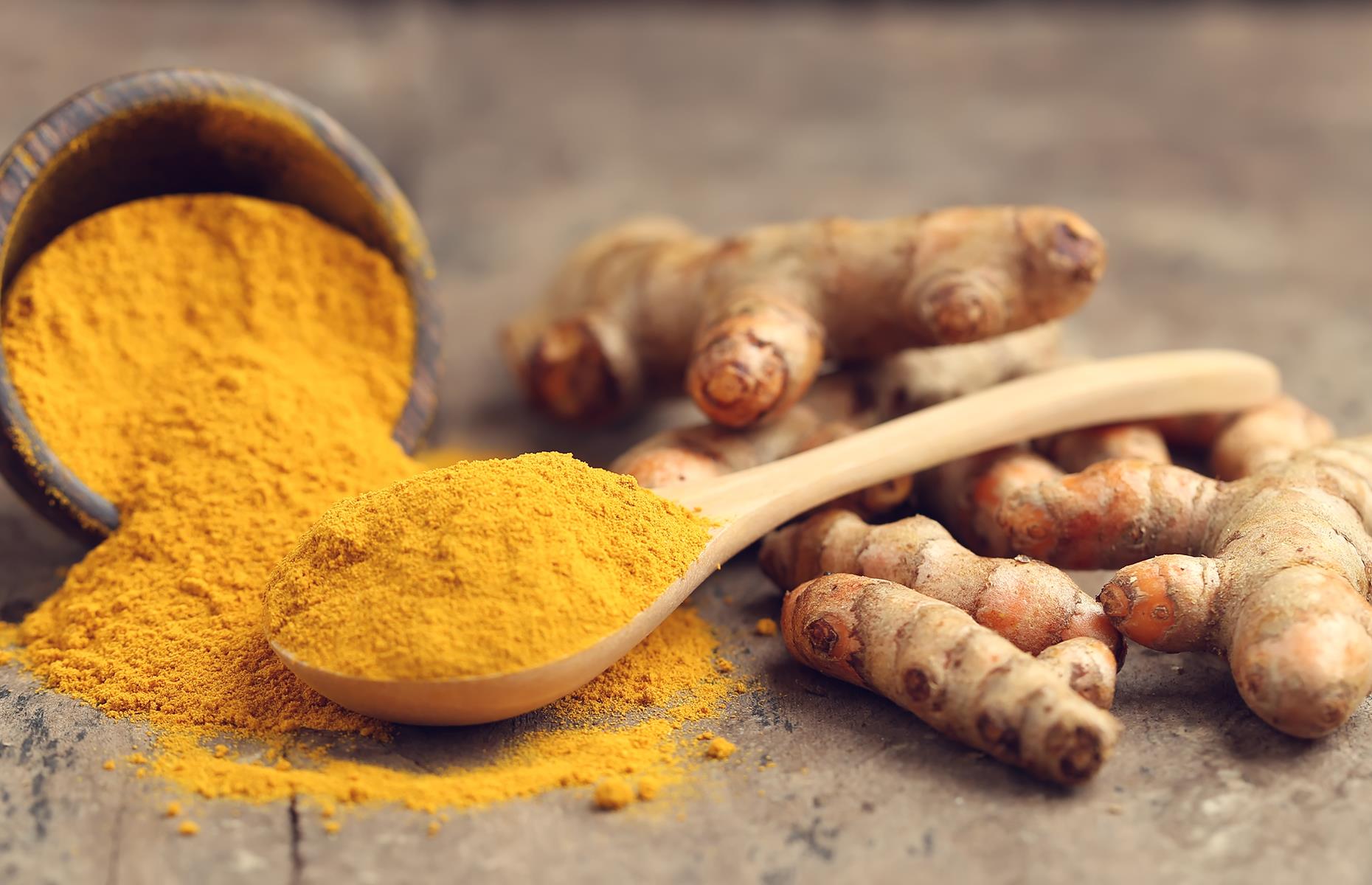It is anticipated that the global turmeric marketturmeric would experience significant growth in the years to come. Due to the proximity of a sizable number of local and international vendors throughout the world, the global turmeric market is extremely competitive and expanded. Some of the key elements influencing the growing volume of sales and market offer of the seller are the organization’s reputation, the characteristics of turmeric, pricing, distribution, and other similar differentiating features.
These retailers also deal with market challenges like fierce competition, fluctuating crude oil prices, and risks connected to severe weather conditions. Additionally, to stay competitive, these retailers are increasingly focusing on emphasizing their product offerings through a distinctive and unique incentive. The food and beverage sector held the most market share in 2016 and will continue to rule the industry for the next four years.
Several major companies with a strong presence in the international turmeric market are Earth Expo Company, Shah Ratanshi Khimji, ITC Spices, and Nani Agro Foods. In addition to these, other significant companies in the global market include Gandhi Spices, Green Earth Products, Shalimar Food Products, Taj Agro International, Everest Spices, Grover Sons, MDH Spices, and Sino-Nature.
Western Europe will dominate the global turmeric market, according to a Future Market Insights report titled “Turmeric Market: Western Europe to Dominate in Terms of Value Share Throughout the Forecast Period: Global Industry Analysis (2012 – 2016) and Opportunity Assessment (2017 – 2027)”. The report estimates that the global turmeric market generated more than US$ 2,700 million in revenue in 2012 and more than US$ 3,160 million in 2016. Before the end of 2027, the global turmeric market is anticipated to reach a market worth of slightly more than US$ 5,650 Mn, growing at a CAGR of 5.5 percent. In terms of volume, it is estimated that the use of turmeric will reach 1,049,490.5 MT by the end of 2017 and 1,696,519.8 MT by the end of 2027, rising at a CAGR of 4.9 percent throughout the projection.
Small Scale Food Processors to BE a Major Contributor in the Enhancement of Ethnic Taste
Due to the rising popularity of ethnic cuisine in the region, the European Union’s space industry will continue to grow at a rapid rate in the years to come. Due to the large multicultural population in Europe and the growing trend of traveling to increasingly bizarre locations, European consumers have developed a taste for Indian cuisine and flavors, which is driving up demand for spices like turmeric. In Western Europe, small-scale food producers, retailers, and ethnic nutrition have a significant role in shaping ethnic food tastes. However, large stores and multinational corporations are also becoming more active in this industry, which is growing the income offer of turmeric in the global turmeric market.
Western Europe is also known for being a hub for locally produced goods. Given the size of the European pharmaceutical market, Western Europe is regarded as the second-largest hub for domestic products.
Change in Health Perception to Support the Global Market Demand for Turmeric
Even though natural Curcuma longa has a small relative market share in Europe, demand for supplements that are 100% natural is continuously growing. The essential prerequisite for selling the product as natural, particularly in global markets, is accreditation for natural tastes, including Curcuma longa powder. Sustenance supplements choose natural certification over homegrown prescription because the latter cannot be marked as natural. Most nutritional supplements contain an apparent amount of Curcuma longa extracts and a far bigger amount of fillers, which don’t need any natural proof.





























